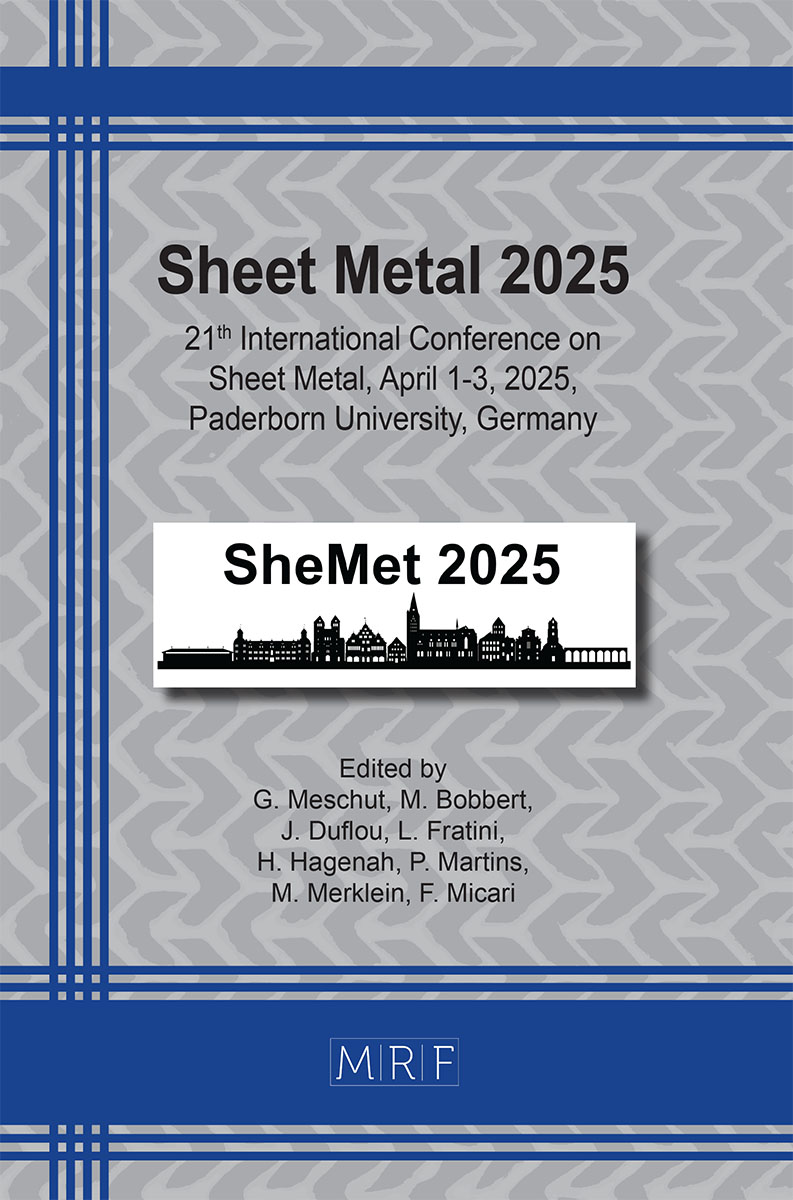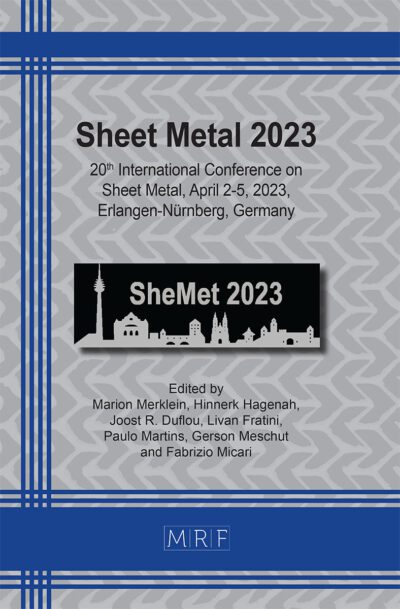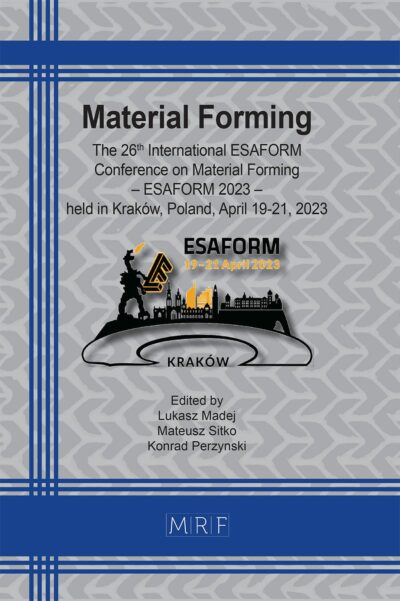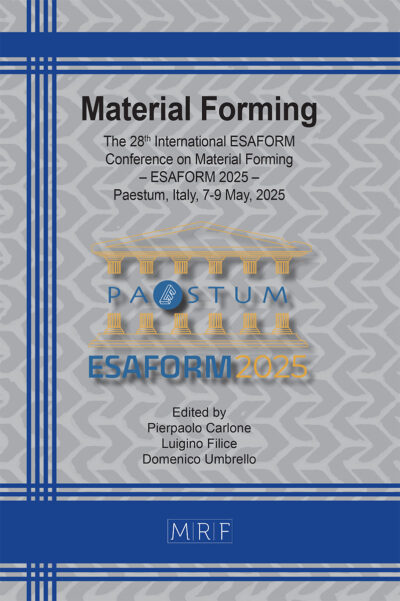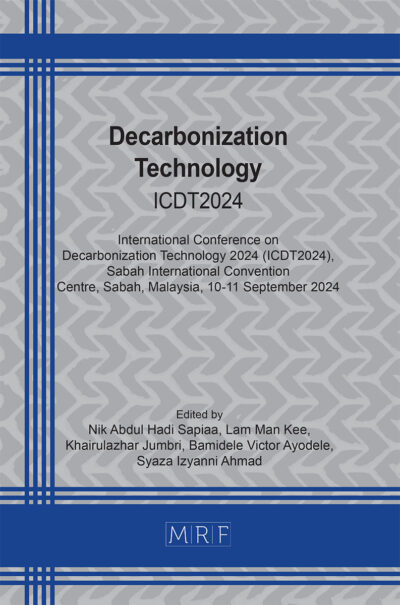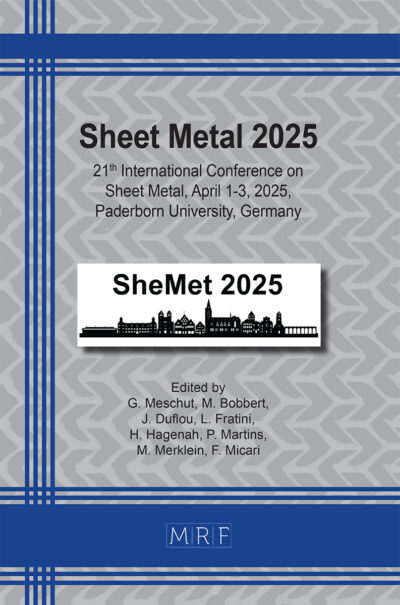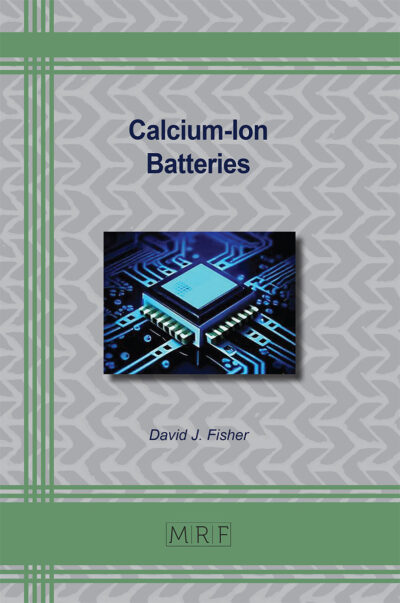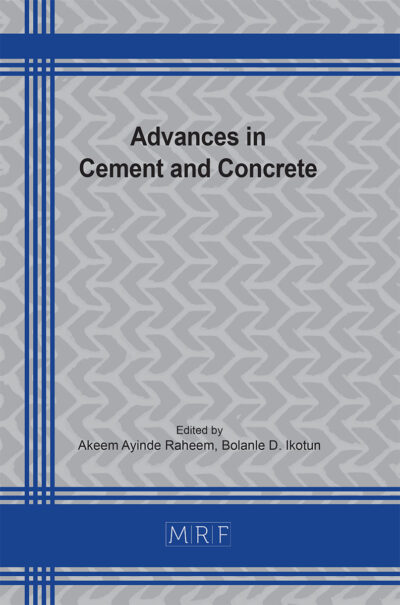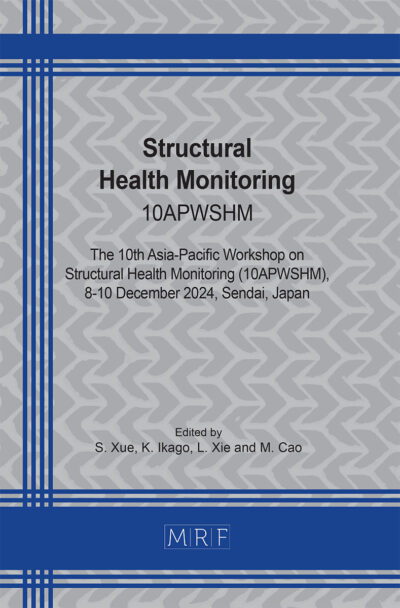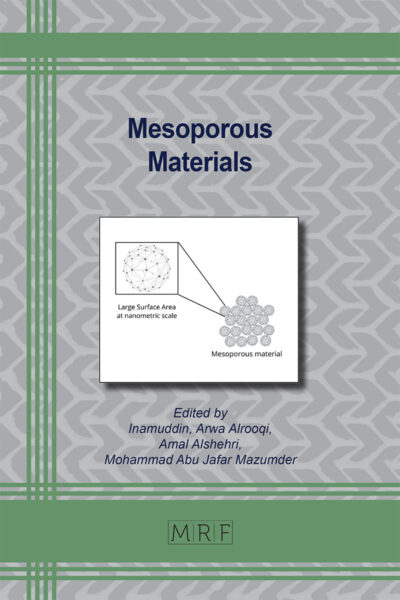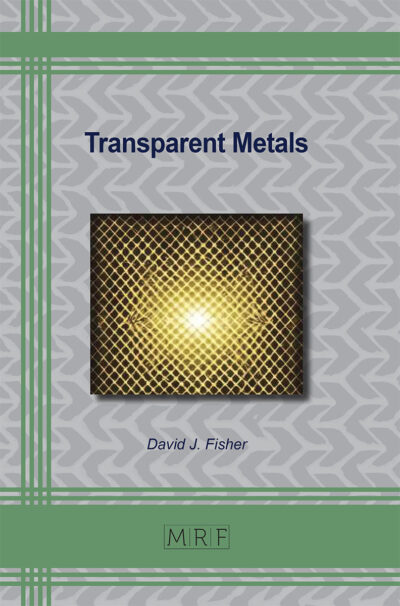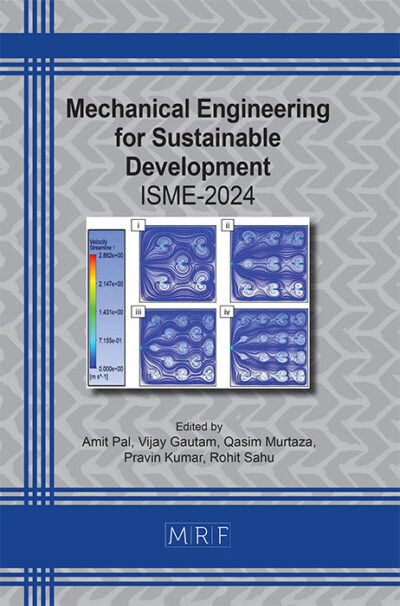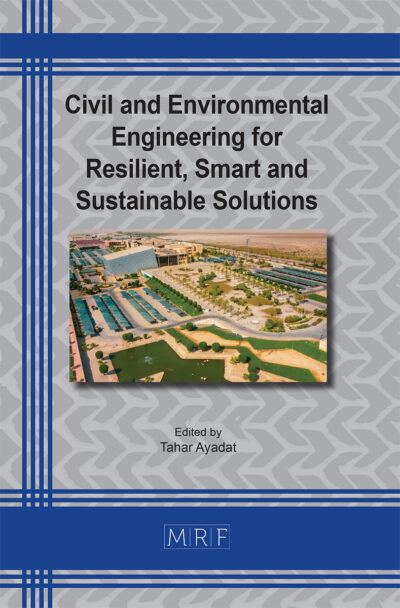The assessment of heavy-duty laser cutting efficiency and environmental impact through different optical setup
Masoud Kardan, Brent Hendrickx, Joost R. Duflou
Abstract. Improving energy efficiency has become a crucial priority, as the laser cutting industry is moving toward higher power levels and dealing with increasing energy costs. Recent advancements aim to enhance process performance by optimizing the intensity distribution of the laser beam. This paper evaluates the energy consumption of laser cutting using two different technologies: the conventional static beam strategy (SBS) and dynamic beam shaping (DBS). In addition to energy consumption, this study assesses the assist gas usage and environmental impact for both technologies. The findings reveal a 20% reduction in energy consumption and a 25% decrease in the assist gas consumption with DBS, along with improved cut quality. The study ultimately demonstrates a significant reduction in environmental impact when DBS cutting is used instead of SBS cutting. These results highlight DBS as a more efficient and environmentally friendly alternative to the traditional SBS technique.
Keywords
Laser, Cutting, Energy Efficiency
Published online 4/1/2025, 8 pages
Copyright © 2025 by the author(s)
Published under license by Materials Research Forum LLC., Millersville PA, USA
Citation: Masoud Kardan, Brent Hendrickx, Joost R. Duflou, The assessment of heavy-duty laser cutting efficiency and environmental impact through different optical setup, Materials Research Proceedings, Vol. 52, pp 319-326, 2025
DOI: https://doi.org/10.21741/9781644903551-39
The article was published as article 39 of the book Sheet Metal 2025
![]() Content from this work may be used under the terms of the Creative Commons Attribution 3.0 license. Any further distribution of this work must maintain attribution to the author(s) and the title of the work, journal citation and DOI.
Content from this work may be used under the terms of the Creative Commons Attribution 3.0 license. Any further distribution of this work must maintain attribution to the author(s) and the title of the work, journal citation and DOI.
References
[1] T. Devoldere, W. Dewulf, W. Deprez, J.R. Duflou, Energy Related Life Cycle Impact and Cost Reduction Opportunities in Machine Design: The Laser Cutting Case, in:15th CIRP International Conference on Life Cycle Engineering, Sydney, N.S.W., 2008.
[2] K. Kellens, G.C. Rodrigues, W. Dewulf, J.R. Duflou, Energy and Resource Efficiency of Laser Cutting Processes, Phys Procedia 56 (2014) 854-864. https://doi.org/10.1016/j.phpro.2014.08.104
[3] B.S. Yilbas, M.M. Shaukat, F. Ashraf, Laser cutting of various materials: Kerf width size analysis and life cycle assessment of cutting process, Opt Laser Technol 93 (2017) 67-73. https://doi.org/10.1016/j.optlastec.2017.02.014
[4] M. Madić, M. Radovanović, B. Nedić, M. Gostimirović, CO2 Laser Cutting Cost Estimation: Mathematical Model and Application, Int. Journ. of Laser Science 1 (2018) 169-183.
[5] C.C. Girdu, L.A. Mihail, M. V Dragoi, Estimation of laser cutting process efficiency, IOP Conf Ser Mater Sci Eng 659 (2019) 12045. https://doi.org/10.1088/1757-899X/659/1/012045
[6] M. Madić, G. Petrović, D. Petković, J. Antucheviciene, D. Marinković, Application of a Robust Decision-Making Rule for Comprehensive Assessment of Laser Cutting Conditions and Performance, Machines 10 (2022) 153. https://doi.org/10.3390/machines10020153
[7] L.C.R. Jones, N. Goffin, J. Ouyang, N. Mirhossein, J. Xiong, Y. Li, L. Li, J. Tyrer, Z. Liu, E. Woolley, Y. He, G. Mi, P. Mativenga, Laser specific energy consumption: How do laser systems compare to other manufacturing processes, J Laser Appl 34 (2022) 042029. https://doi.org/10.2351/7.0000790
[8] Miloš Madić, Saša Ranđelović, Milan Trifunović, Stochastic simulation model for the analysis of assist gas costs in CO2 laser oxygen cutting, in: The 9th International Conference “Transport and Logistics,” Niš, Serbia, 2023.
[9] N. Goffin, L.C.R. Jones, J.R. Tyrer, J. Ouyang, P. Mativenga, L. Li, E. Woolley, Industrial Energy Optimisation: A Laser Cutting Case Study, International Journal of Precision Engineering and Manufacturing-Green Technology 11 (2024) 765-779. https://doi.org/10.1007/s40684-023-00563-y
[10] M. Kardan, N. Levichev, S. Castagne, J.R. Duflou, Dynamic beam shaping requirements for fiber laser cutting of thick plates, J Manuf Process 103 (2023) 287-297. https://doi.org/10.1016/j.jmapro.2023.08.048
[11] N. Levichev, M.R. Vetrano, J.R. Duflou, Melt flow and cutting front evolution during laser cutting with dynamic beam shaping, Opt Lasers Eng 161 (2023) 107333. https://doi.org/10.1016/j.optlaseng.2022.107333
[12] C. Goppold, T. Pinder, S. Schulze, P. Herwig, A.F. Lasagni, Improvement of laser beam fusion cutting of mild and stainless steel due to longitudinal, linear beam oscillation, Applied Sciences 10 (2020) 11-13. https://doi.org/10.3390/app10093052
[13] M. Kardan, N. Levichev, J.R. Duflou, Experimental and numerical investigation of thick plate laser cutting using dynamic beam shaping., Procedia CIRP 111 (2022) 740-745. https://doi.org/10.1016/j.procir.2022.08.115
[14] M. Kardan, N. Levichev, A.T. García, Revisiting image-based quality evaluation of laser cut edges, 25 (2023) 363-370. https://doi.org/10.21741/9781644902417-45

